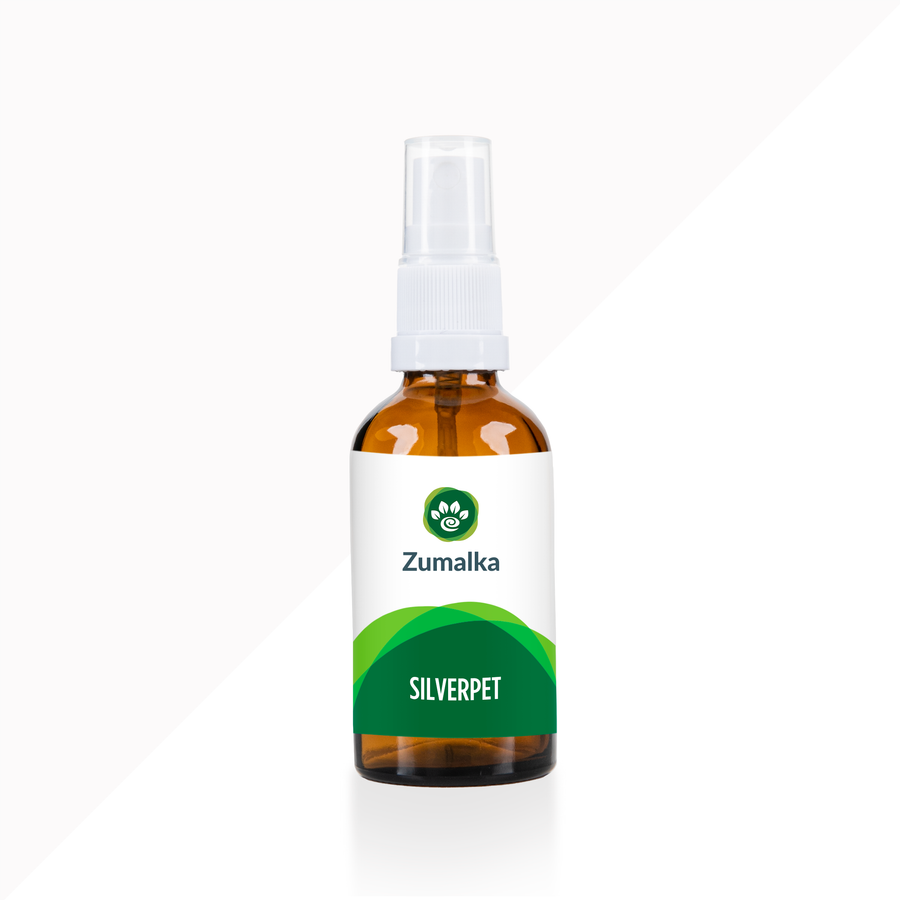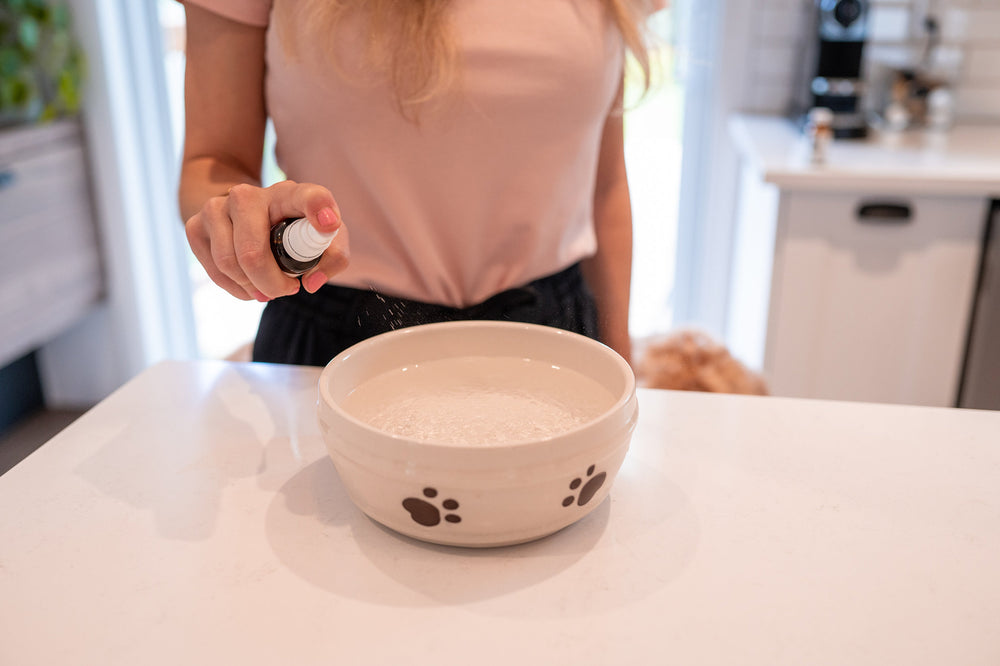3 Important Things You Need to Know About Parakeets
Parakeets are one of the most popular bird pets in the United States. They are particularly known for their colorful plumage, vibrant personalities, and ability to mimic human speech. These birds are also easy to care for, making them an ideal choice for beginner bird enthusiasts.
If you are a parakeet pet parent and want to learn more about your feathered friend, you’re in the right place. This blog post will walk you through three crucial things to know about parakeets that you'll find very helpful.
Is there a difference between budgies and parakeets?
Many people mistakenly use the terms "parakeet" and "budgie" interchangeably, but they refer to different things. A "budgie," short for budgerigar, is a specific species within the broader "parakeet" family.
While either can be deemed the most popular pet bird in the United States, it is important to note that not all parakeets are budgies, but all budgies are parakeets. These playful and colorful birds, though similar, are not the same.
"Parakeet" pertains to small to medium-sized parrot species native to South America, typically characterized by their long, tapering tails. In contrast, "budgie" specifically refers to the Budgerigar, a small-sized parrot native to the grasslands and scrublands of Australia. Budgies are popular pets worldwide due to their vibrant colors and friendly nature.
In summary, while all budgies are a type of parakeet, not all parakeets can be classified as budgies. Additionally, both budgies and parakeets belong to the parrot family.
Variations of the most popular pet bird in the United States (if not the world)
Among the most common parakeets kept as pets in the United States are the Princess Parakeet (Polytelis alexandrae), the Indian Ringneck Parakeet (Psittacula krameri manillensis), the Rose-ringed Parakeet (Psittacula krameri), the Green-cheeked Conure (Pyrrhura molinae), the Monk Parakeet (Myiopsitta monachus), and the Budgerigar (Melopsittacus undulatus).
How do you tell a female parakeet from a male one? Start by checking the bird's beak!
While male and female parakeets may look similar at first glance, there are simple ways to tell them apart. Here are some techniques to help you identify the differences:
Examine the cere (top of the bird's beak):
The cere is the fleshy part located just above a parakeet’s beak. Typically, a male parakeet has a bright royal blue cere, while a female's cere is tan or brown. Interestingly, a female parakeet that is not ready to breed will have a light blue or white cere.
Observe vocalization and socialization habits:
Male parakeets are often more vocal compared to females and tend to mimic sounds in their environment more easily. They are also more social. Female parakeets, on the other hand, can be more aggressive and territorial, especially when nesting or breeding.
Check the size and shape of the body:
Female parakeets generally have a more robust body shape compared to males. Males tend to have slightly smaller heads and slimmer bodies.
Important Thing to Know About Your Parakeet #1: Do Parakeets Need to Be in Pairs?

The short answer is yes.
Studies have shown that, aside from promoting overall health and well-being, parakeets kept in pairs or groups demonstrate several positive behaviors, such as cooperative nest-building, harmonized vocalizations, and increased mental stimulation.
In the wild, parakeets, known for their colorful plumage and joyful demeanor, often live in large colonies. These social birds do not necessarily form strict male-female pairs as long as they have companionship.
Due to their highly social nature, parakeets in captivity frequently form mating pairs. This behavior is natural and can be quite charming, but it also means that a female parakeet needs a male to lay eggs.
If you’re not prepared for the responsibilities of breeding parakeets, it’s best to keep either only males or only females as pets. This way, you can enjoy their lively company without the risk of an unintended colony at home.
Can you leave a parakeet alone?
Given their very social nature, parakeets can only be left alone for short periods, typically no more than a day. Prolonged isolation can negatively impact their mental health, as they need company to stay happy and healthy.
If you need to leave your feathered friend alone, ensure they have ample food and water. Provide engaging toys, such as bells and mirrors, to keep them occupied. Adding background noise, like a softly playing radio or TV, can simulate company and help reduce loneliness.
Lastly, place the cage in a spot free from direct sunlight and drafts to ensure a comfortable environment. With these steps, you can help your parakeet remain content and secure even when you’re away.
Can you keep female parakeets together?
Yes, female parakeets can be kept together. However, they tend to be more aggressive and territorial than males. To maintain a harmonious environment, make sure they have plenty of space, food, water, and other essentials. These provisions help keep them calm and content.
Can a budgie live alone after one dies?
Yes, a budgie can live alone after its companion dies. However, the surviving budgie may face several behavioral, social, and health issues due to extreme stress and loneliness, such as lethargy, loss of appetite, feather plucking, and a weakened immune system.
To help a lone budgie cope, provide it with a stimulating environment. If getting a new companion isn't feasible, enrich the budgie’s surroundings with a variety of toys and ensure it has regular out-of-cage time to explore and exercise.
Additionally, increased human interaction can significantly reduce the effects of stress and loneliness in a surviving budgie. Spending more time with your pet, talking to it, and offering gentle interactions can make a big difference. Your presence is going to help a lot.
By taking these steps, you can help ensure your budgie remains happy and healthy, even after the loss of its companion.
Important Thing to Know About Your Parakeet #2: Do Parakeets Need Time Out of Cage?

The short answer is yes.
Parakeets have become one of the most popular pet birds worldwide due to their easygoing behavior, jolly dispositions, and ability to learn words. They also adapt easily to captivity and can thrive in cities and areas far beyond their native habitat.
But the thing is, whether your parakeet is blue, green, or yellow, these birds need an average of 2 to 4 hours outside their cages to stay physically and mentally healthy.
Studies reveal that regular "out of cage time" not only satisfies their need for mental stimulation and social interaction but also helps prevent health issues like foot disorders, sunken chests, breathing issues, deformed wings, and obesity.
These colorful birds are known to perch everywhere
Monk Parakeets, like other parrot species, are known to perch and build nests not only in trees but also on power poles. As a parakeet owner, it’s important to replicate aspects of their natural environment by allowing them regular but limited periods out of their cages. This practice helps simulate their wild habitat, even in captivity.
Is it OK to pet a parakeet?
Yes, talking parrots require regular petting to stay happy and healthy in captivity. However, it is crucial to remember the following when petting your parakeet:
- Hand hygiene: Always wash your hands before and after handling your parakeet. Pet birds can carry zoonotic diseases such as avian influenza, salmonellosis, and psittacosis ("parrot fever"), which can be transmitted to humans.
- Gentle petting: Only pet your bird gently on the neck, head, cheeks, and under the beak. Avoid touching the wings, back, chest, and feet, as these areas are sensitive and can cause discomfort or stress if stimulated improperly.
- Building trust: Parakeets, like all parrots, are very social but need time to build trust with their pet parents. Start by bonding through whistles and encouraging words before attempting tactile contact. If your bird seems uncomfortable being touched, try again later.
Important Thing to Know About Your Parakeet #3: How Long Do Parakeets Live as Pets?

Like all parrots, parakeets have a general lifespan of about 9 years in the wild. However, due to the absence of natural predators and more consistent resources, pet parakeets often live significantly longer. With proper care, it's not uncommon for parakeets to thrive for over 10 years with a dedicated owner.
To ensure your bird's health and happiness, provide a balanced diet, a suitable living environment, regular socialization, and prompt attention to any health issues that arise.
What is the proper diet for parakeets?
Providing pet birds with the right diet is important to help them stay healthy and content. If you're looking to maximize the nutrition that your parakeet receives during meal times, keep the following tips in mind:
Balanced seed mix: Offer your bird a balanced seed mix consisting of hulled oats, millet, and canary seed. You can also incorporate options like barley, brown rice, wheat, rye, and pumpkin and sunflower seeds.
Fresh fruits and vegetables: Fresh fruits and vegetables should be part of your parakeet's daily diet. Berries, oranges, and apples are highly recommended for their fleshy pulp and soft texture, while broccoli, carrots, and sweetcorn kernels add a bit of flavor.
Fresh water: Always provide your bird with fresh water. These noisy yet fun birds like to drink water and may need their dishes or bowls replaced several times a day. Some parrots even enjoy giving their bodies a "wash," so it's important to regularly check the state of their water dishes.
Protein needs: These birds require protein, too. Wheat germ oil and hard-boiled eggs are common options. If you're not squeamish, you can also give your parakeet mealworms and similar feeder bugs available at pet stores.
Avoid human food: Avoid feeding your parakeet human food, especially those that are spiced, salted, or smoked. Such foods can cause digestive issues and other health problems.
Varied diet: Never give your pet bird a monotonous diet. Mix all the essential dietary components during meal times. Additionally, monitor your parakeet's water intake regularly to prevent dehydration.
The essential must-haves for pet parakeets
To ensure the health and happiness of your pet bird, acquiring the following items is crucial:
- A sizable cage with necessary accessories: Ensure the cage includes perches, horizontal bars, and ample space for movement.
- Food and water dishes: Provide separate dishes for food and water to maintain hygiene.
- Spray bottle for misting: Use this to maintain humidity levels, especially if you have multiple birds.
- Bird disinfectant: Essential for keeping the cage and accessories clean and free from harmful bacteria.
- Toys and entertainment items: These help to keep your bird mentally stimulated and prevent boredom.
- Bird-specific first aid kit: Prepare for emergencies with a kit tailored to your bird's needs.
- Bird carrier: Useful for trips and transportation, ensuring your bird's safety.
- Cage cover: Simulates nighttime, helping your bird to rest and feel secure.
Do parakeets need to be covered at night?
Yes, parakeets need to be covered at night to simulate the nighttime environment of their native habitat. Covering their cages not only encourages restful sleep but also helps prevent light pollution, which can adversely affect their development and lead to unwanted weight gain.
Conclusion
I hope you found this blog post informative about the essential aspects of parakeet care. If you have any questions about these lively and entertaining birds, please feel free to leave a comment below. Happy birdkeeping!





Is it a normal variation for a parakeet’s beak to be dark colored, such as in the photo of Albert?
Hi Suna,
Thank you for your comment! I’m so sorry to hear about your budgie but we have emailed you directly in order to give you a more personalized assistance for your bird. We hope to hear from you soon!
Hello! I need some help from you. My budgie since a year is sick her one nostril is blocked. Unfortunately due to the lack of vets in my town nobody could help me. Only one of them told me to buy a nasal drops, but it didn’t work. Thank in advance!
Great article on Budgies! I learned a lot!
Leave a comment